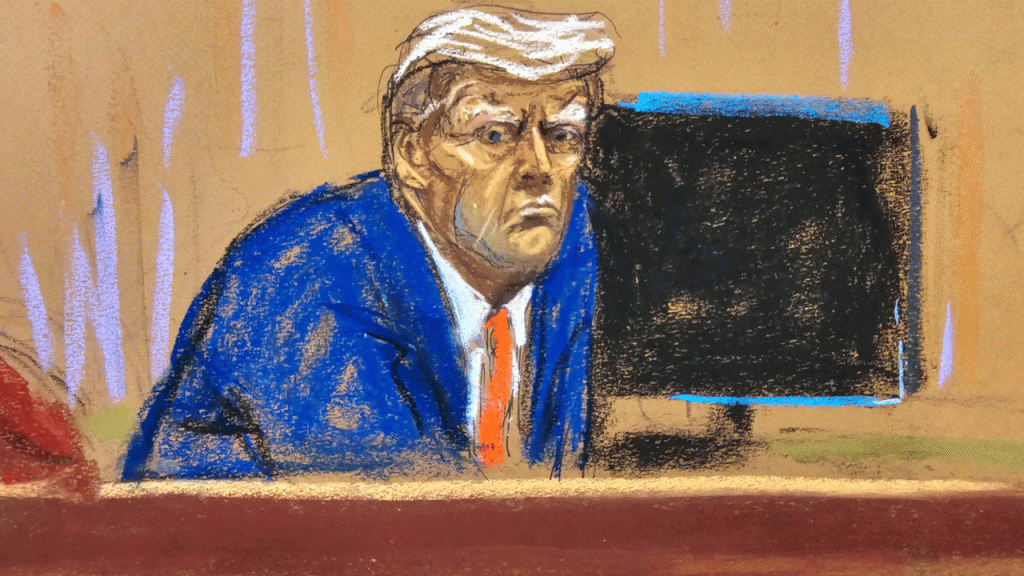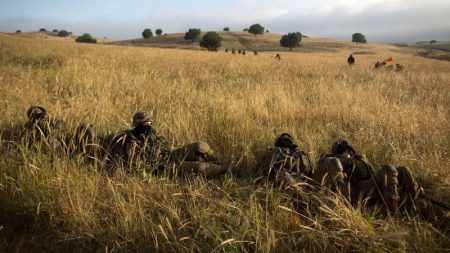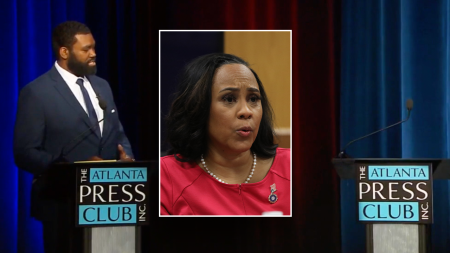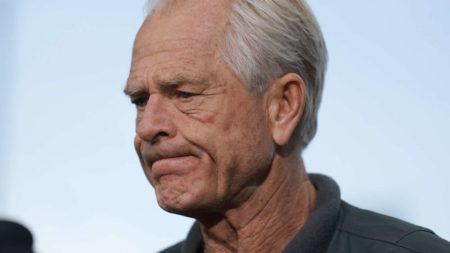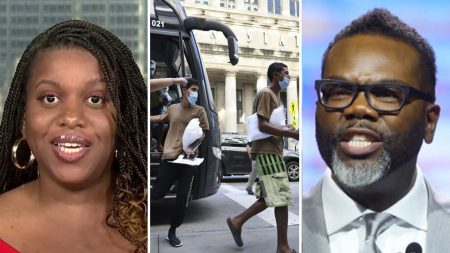Former President Donald Trump is facing criminal charges in an American courtroom, making history as the first U.S. president to do so. However, due to New York’s restrictive laws concerning media coverage of court proceedings, the majority of the nation is receiving news of the trial secondhand. Regulations limiting media coverage in New York date back nearly a century, and New York is one of the only two states that completely restrict video coverage in courtrooms. Lobbyists for defense lawyers have a significant influence in New York, preventing changes to these laws. New York Senator Brad Hoylman-Sigal is among those advocating for a change in these regulations, stating that the public has a right to see what happens in the courtroom, especially in such a high-profile trial.
With New York’s restrictions on media coverage, journalists covering the trial are facing difficulties. CNN reporters stationed outside the courtroom in Manhattan encountered challenges such as loud pro-Trump vehicles blaring horns and music. Without live coverage of the trial, reporters must rely on limited access to capture remarks of those involved who wish to address the outside world. Former President Trump, who is a key figure in the trial, has made remarks that are being broadcast live by news organizations like MSNBC, shaping public perceptions of the case. The absence of live video coverage may impact how the trial is covered and perceived by the public.
In an attempt to work around the lack of live video coverage, a small pool of reporters and cameras are positioned in a hallway outside the courtroom to capture remarks from anyone involved in the trial, including Trump. This allows for some indirect coverage of the trial, but the lack of live footage presents challenges for journalists in accurately reporting on the proceedings. Journalists outside the courtroom are also relying on commentators and experts to provide insight and analysis of the trial, including opinions on jury selection and the potential outcome of the case.
While there is limited video coverage available in an overflow room adjacent to the main courtroom, it does not capture the entirety of the proceedings. Courtroom sketch artists, a traditional form of communication, document the trial as it unfolds. Despite limitations on video coverage, there is some access to visual representation of the trial through photographs taken before the day’s proceedings began. Presiding Judge Juan M. Merchan allowed still photographers to shoot photos of Trump at the start of the trial, offering some visual documentation of the events.
In contrast to federal courts, which do not allow cameras in criminal cases, other states like Georgia give judges discretion over televising court proceedings. In Georgia, Trump faces charges of election meddling, and hearings and trials in that case have been made available for broadcast. Proponents of legislation to open up New York courts to electronic media coverage are hopeful that the attention on the Trump case may help their cause. As negotiations over the New York state budget continue, there is a possibility that a new law allowing electronic media coverage in courts could be passed. However, given New York’s history and strong influence of defense lawyer lobbyists, implementing such changes may prove challenging.





